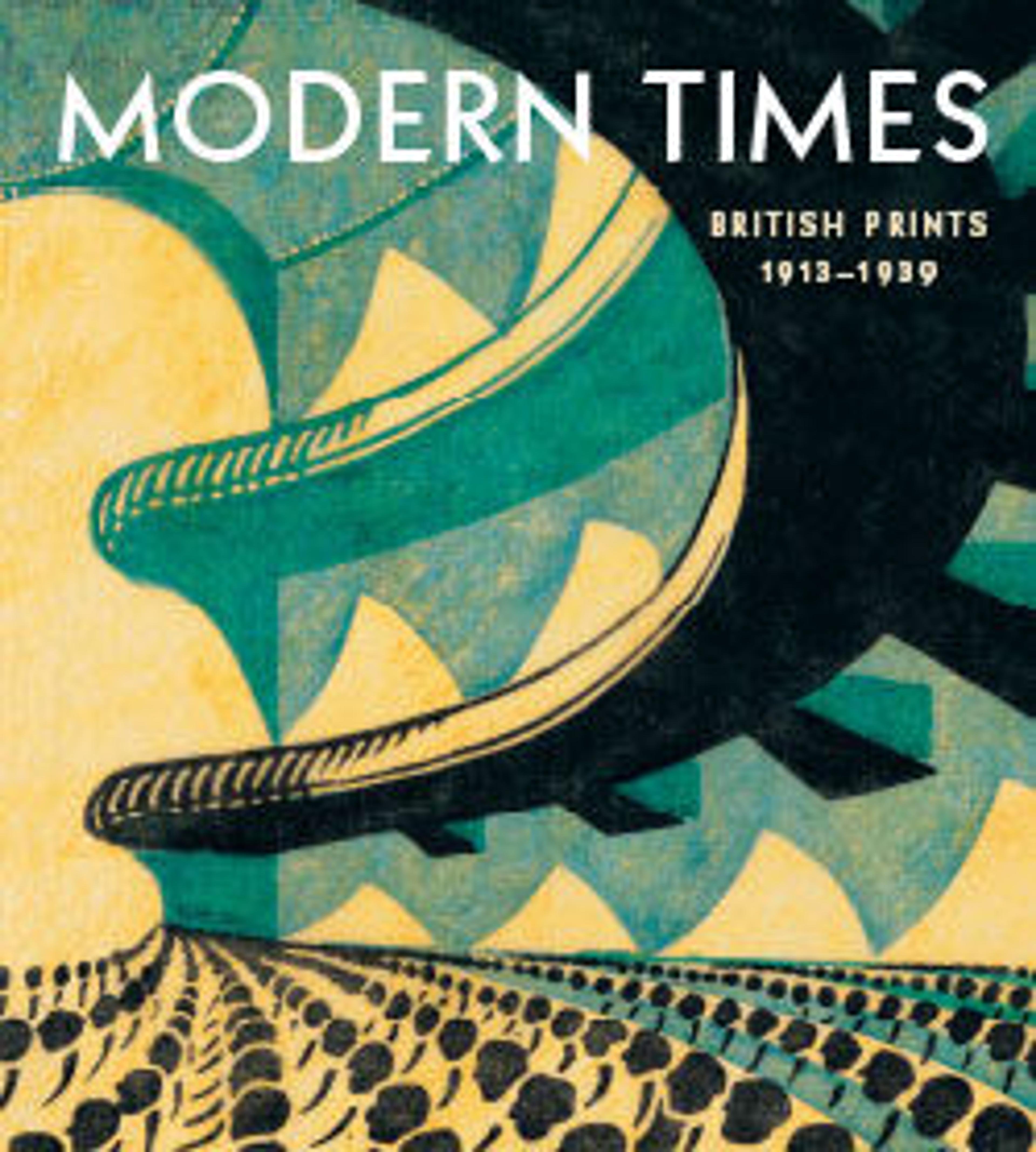Column on the March
Column on the March is related to Nevinson’s Returning to the Trenches; however, rather than individuals, it shows a long line of French soldiers marching to the front. Nevinson indicated the almost unfathomable length of formations like this—which could exceed twenty miles—by allowing the infantry line to extend beyond the limits of the composition. The monotony of the mass and the rigor of each soldier give the impression that the assembled men are like a human "tank" charging toward its destination. While Nevinson made a similar painting, many critics found the sharper drypoint to be a more effective condemnation of war. This work may be a response to Gino Severini’s Futurist images of war trains cutting through the landscape, such as Train in the City (1915), a work Nevinson knew.
Artwork Details
- Title: Column on the March
- Artist: Christopher Richard Wynne Nevinson (British, London 1889–1946 London)
- Date: 1916
- Medium: Drypoint
- Dimensions: Image: 6 15/16 × 10 7/8 in. (17.6 × 27.7 cm)
Sheet: 11 7/16 × 14 11/16 in. (29.1 × 37.3 cm) - Classification: Prints
- Credit Line: Purchase, Leslie and Johanna Garfield Gift, Lila Acheson Wallace, Charles and Jessie Price, and David T Schiff Gifts, The Elisha Whittelsey Collection, The Elisha Whittelsey Fund, Dolores Valvidia Hurlburt Bequest, PECO Foundation and Friends of Drawings and Prints Gifts, and funds from various donors, 2019
- Object Number: 2019.592.28
- Curatorial Department: Drawings and Prints
More Artwork
Research Resources
The Met provides unparalleled resources for research and welcomes an international community of students and scholars. The Met's Open Access API is where creators and researchers can connect to the The Met collection. Open Access data and public domain images are available for unrestricted commercial and noncommercial use without permission or fee.
To request images under copyright and other restrictions, please use this Image Request form.
Feedback
We continue to research and examine historical and cultural context for objects in The Met collection. If you have comments or questions about this object record, please complete and submit this form. The Museum looks forward to receiving your comments.
